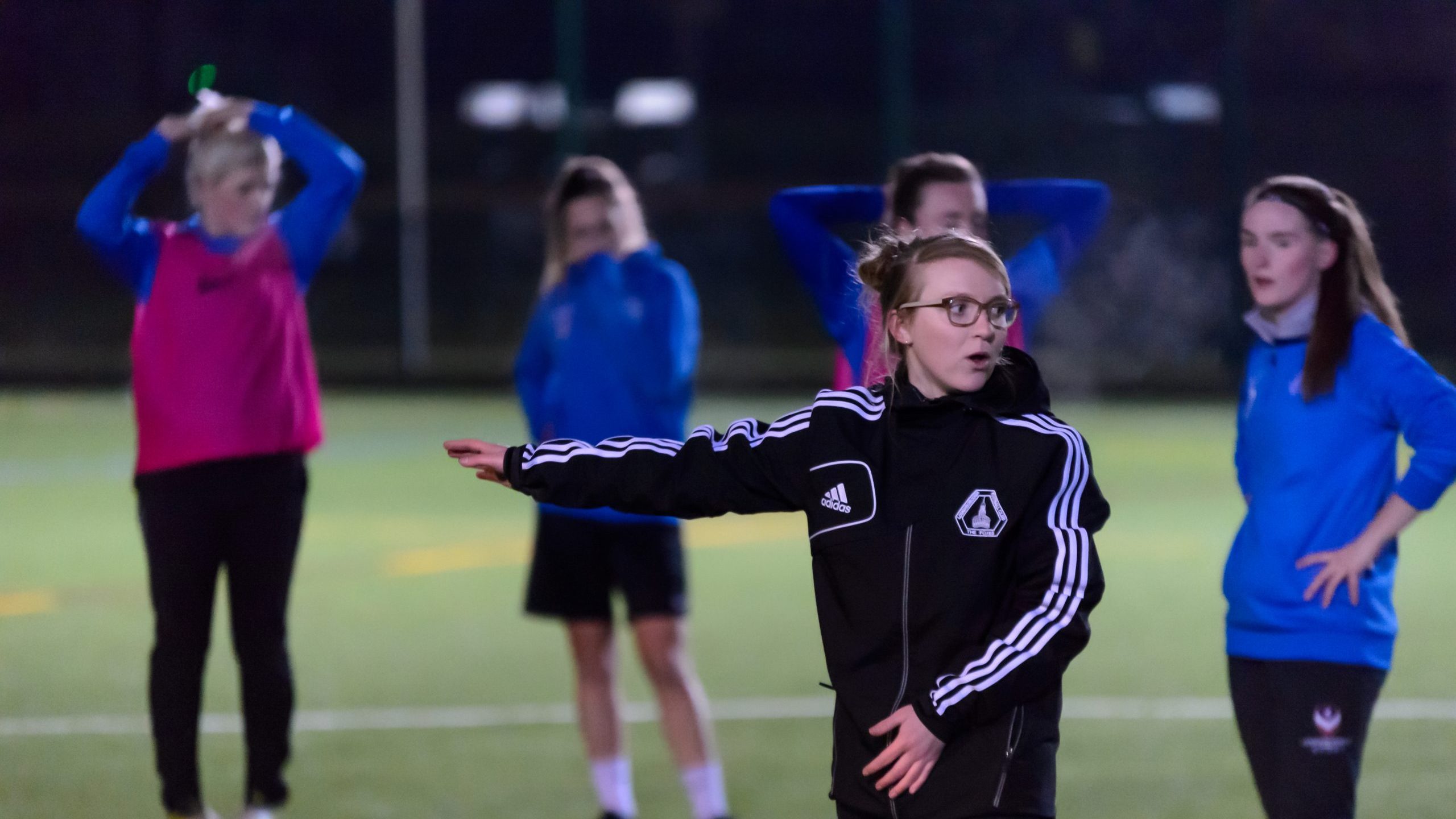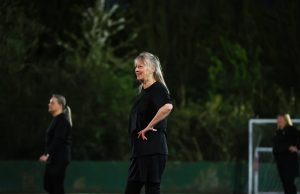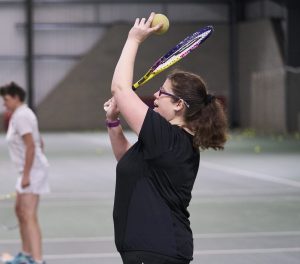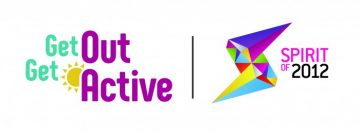By understanding the lives of visually impaired women, Women in Sport and British Blind Sport sought to explore the barriers to sport and physical activity that exist for this group. By exploring this we were able to provide a range of recommendations for providers.

Toolkit: Get out Get Active: Creating positive impact for women who face additional barriers in sport
Published
Our toolkit inspired by Get Out Get Active brings you resources, templates and key findings from the programme which is funded by Spirit of 2012. Get Out Get Active (GOGA) is a programme that supports disabled and non‑disabled people to take part in fun and inclusive activities together.
It follows three different areas of advice:
- Think: Understanding your audience of current or potential female participants
- Say: How to market your sessions and opportunities to women
- Do: Support with session planning and delivery

Here you can find brand new resources and practical advice to help you better understand your audience of current, or potential, female participants of your programmes or sessions.
This section helps you better understand the motivations, values and barriers of women in order for you to attract and deliver activities to all women, whether they are new to sport or not. As well as resources and insights from Women in Sport, we have shared supporting information from external organisations that you might find helpful.
- Engaging all women in physical activity and sport – This resource is designed to guide what you Think, Do and Say when supporting women to become more active. This includes top tips to assist sport providers and coaches. The resource was developed in partnership with Activity Alliance.
Women in Sport’s ground-breaking research highlights that every woman’s relationship with physical activity is unique and highly complex. Despite this, all women have simultaneously held values that influence decision making and prioritisation within their lives. Our research carried out with GOGA Thanet highlighted examples of women’s values system and the impact on being active.
Shelagh is a participant in GOGA activities in Thanet.
Why are women with a health condition or disability missing out on the benefits that sport and physical activity brings as they get older?
In this video we help you to better understand women with a disability or life limiting health condition and their relationship with sport and physical activity in later life. Women attending GOGA activities share their triggers to being active and GOGA Thanet discuss their approach to engaging inactive women.
- Me, Not my age or impairment The experiences of inactive and active women aged over 55, their motivations and influencers, as well as perceived barriers are explored. This report includes practical recommendations for sports deliverers wanting to engage women of this age group more effectively in sport or physical activities.
- Engaging inactive women in later life – This document shares the key considerations and principles that organisations and individuals offering opportunities for women in later life to get active (referred to in this document as ‘providers’) should apply to achieve the best results. These recommendations are based on research carried out in collaboration with GOGA Thanet.
Additional resources:
Understanding Women’s Lives – Engaging Women in Sport shares Women in Sport’s insight into women’s lives in modern Britain and what’s important to them.
What Sways Women to Play Sport – is Women in Sport’s insight into the motivators and influencers around getting more women and girls participating.
Silver Linings Engaging Women in Sport in Later Life, is a Women in Sport report that aims to better understand women’s relationship with sport and physical activity in later life.
Motivate Me – is an Activity Alliance report to understand what motivates and appeals to disabled people to take part in sport and physical activity.
Go Where Women Are – is Sport England’s research about engaging women in sport and exercise on their terms and in their space, whether physically or emotionally.

How can you effectively market your sessions and opportunities to all women? Find useful guidance and examples to inspire your own communications to be more inclusive and appealing to women.
- Talk to Me Principles – supporting you to engage all women in physical activities – Practical ideas and better practice to help make activity more attractive to all women. This resource was developed in partnership with Activity Alliance.
- Engaging all women in physical activity and sport – This resource is designed to guide what you Think, Do and Say when supporting women to become more active. This includes top tips to assist sport providers and coaches. The resource was developed in partnership with Activity Alliance.
Additional resources:
- Marketing Sport to Women and Girls Guide
- This Girl Can Supporter’s Toolkit – with loads of photos, logos, templates and tips, you’ll be able to use the This Girl Can campaign to create or promote your activities and help get women and girls moving more and feeling great.
- Access For All: inclusive Communications guide
- Helping women and girls get active: Attracting Attention
This section will help you with your session planning and delivery, putting research and ideas into practice. Here are tools to help you deliver sport and physical activity to all women and keep them coming back. Find best practice examples from our GOGA work to get you started. Not a One Hit Wonder – a guide to increasing the retention of women at activity sessions.
Preventing Drop-Out Through Engagement:
Preventing Drop-Out Through Clear Communication:
Preventing Drop-Out Through Support:
Consulting women and girls
Consulting with women and girls in your programmes is essential to shaping an offer which meets their needs. By doing this there is a higher probability that the women and girls will take up and keep coming back to your activities.
- Survey template for consulting women– This survey provides some suggested questions you can use to consult with women. Ensure you adapt the survey to meet the needs of women and girls at your activities, and what you would like to consult their views on. This example includes a sample of questions Women in Sport used as part of a larger survey with women at Get Out Get Active (GOGA) Wrexham activities.
- Survey template for consulting women – Easy Read format – This easy read format was created to help women with learning disabilities understand the information easily. Easy read format can be preferred by women without learning disabilities, as it gives the essential information on a topic without a lot of background information. It can be especially helpful for people who are not fluent in English.
- Survey Guidance – This document provides additional information and guidance regarding why certain questions are used in the survey and what the findings can tell you.
Programming/Planning
- Engaging all women in physical activity and sport – This resource is designed to guide what you Think, Do and Say when supporting women to become more active. This includes top tips to assist sport providers and coaches. The resource was developed in partnership with Activity Alliance.
Sports participation is low among people with a visual impairment, even compared with other disability groups.

